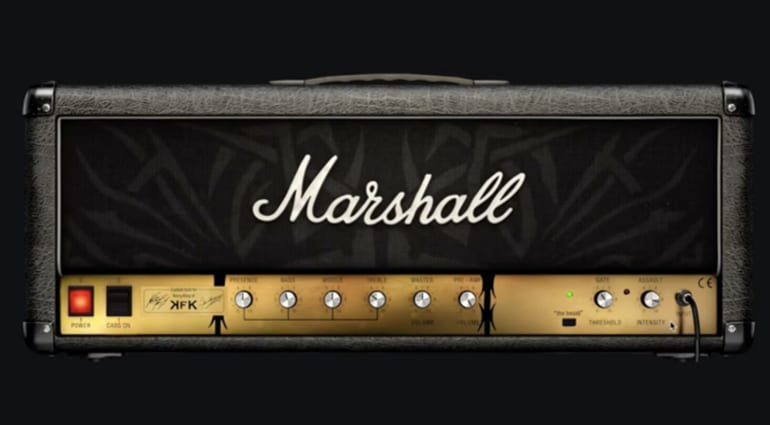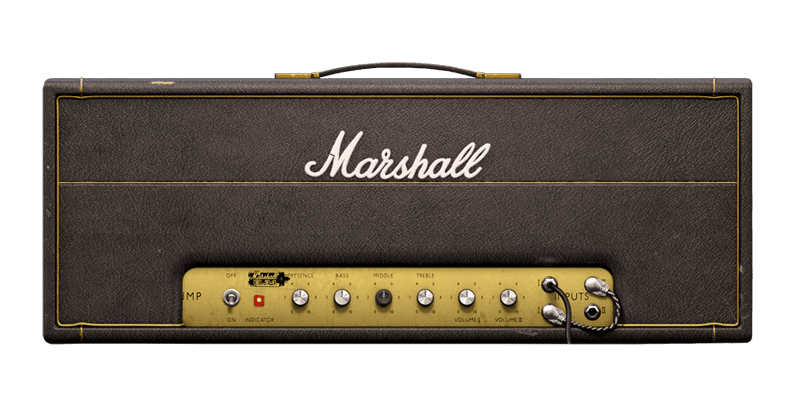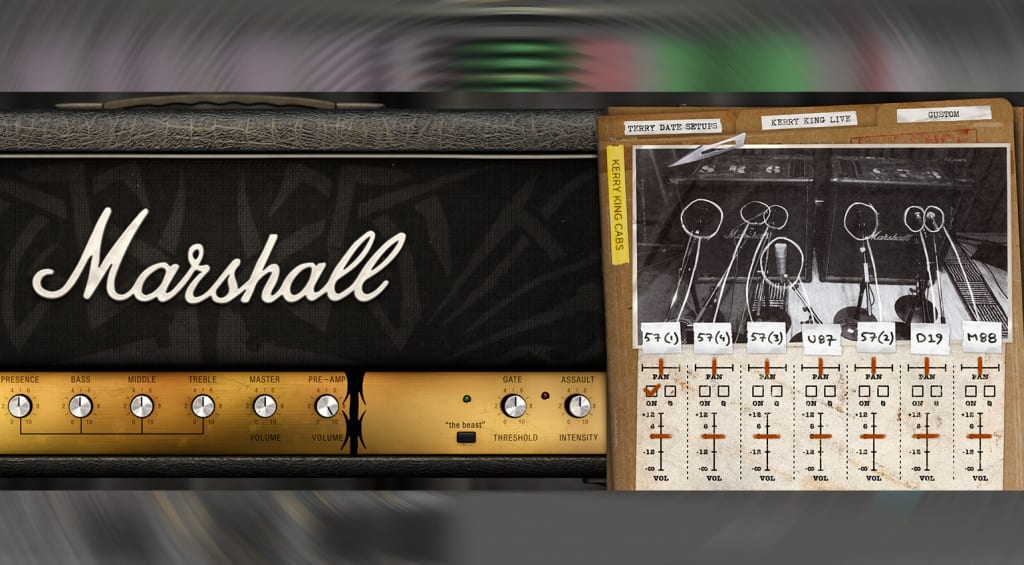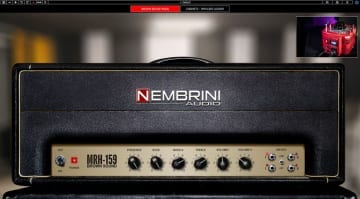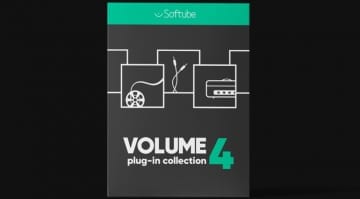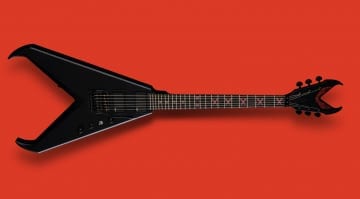Softube and Marshall present Kerry King Signature and Plexi Super Lead 1959 plug-ins
All the tones, without the hassles!
hotpiSoftube and Marshall make a pretty good team, it turns out! The two brands are launching new amp head simulations in a handy plug-in format: the Plexi Super Lead 1959 and a Kerry King Signature. These two effects let you add some British valve tones to your favourite DAW.
Plexi Super Lead 1959 and Kerry King Signature for your DAW
Softube has just announced two new recreations of well-known Marshall amps. The company says every component, no matter how small, was examined under the microscope and converted into code for these plug-ins. Let’s take a closer look at the Plexi Super Lead 1959 and Kerry King Signature emulations.
Referencing an original ’67 Plexi
For the Plexi Super Lead 1959, the developers at Softube used a reference amp from Marshall built in 1967. This was combined with a 1960 BHW 4 × 12 ”cabinet. Expect classic amp tones here, just without all the hassles of mic’ing and maintaining a vintage tube amp!
The Beast
Thrash metal fans will be excited by the emulation of the signature amp used by Slayer guitarist Kerry King. Its real name was the Marshall 2203KK, a.k.a. “The Beast”. Softube has not only simulated the KT88 output tubes but also the microphone positions used by King to get his trademark Slayer tones!
Introductory Prices and dates
Softube Marshall Plexi Super Lead 1959 and Kerry King Signature are currently available for an introductory offer of 99 euros instead of 149 euros . And that is valid until March 12, 2020.
- Plexi Super Lead at Plugin Boutique EUR 98.17 – here*
- Kerry King Signature at Plugin Boutique EUR 98.17 – here*
The plug-ins run on Mac OSX 10.12 or higher and Windows 7 or higher than VST, VST3, AU and AAX in 64 bit. A free iLok account (or dongle) as well as a Softube account and the Softube Central software are required for authorization. A demo version is also available.
Take a listen to the videos below to get a feel for how these new plug-in amp emulations sound. As you’d expect in a well-executed plug-in emulation of a real amp, this is a cheap and convenient way of getting some great amp tones into your recording setup. This option makes a lot of sense for players that want all the tones just without the stress of acquiring, maintaining and storing old amplifiers.
More Information
Video
You are currently viewing a placeholder content from YouTube. To access the actual content, click the button below. Please note that doing so will share data with third-party providers.
You are currently viewing a placeholder content from YouTube. To access the actual content, click the button below. Please note that doing so will share data with third-party providers.
You are currently viewing a placeholder content from YouTube. To access the actual content, click the button below. Please note that doing so will share data with third-party providers.
You are currently viewing a placeholder content from YouTube. To access the actual content, click the button below. Please note that doing so will share data with third-party providers.
You are currently viewing a placeholder content from YouTube. To access the actual content, click the button below. Please note that doing so will share data with third-party providers.
* Affiliate link
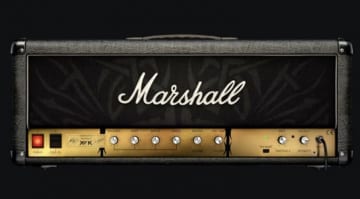

How do you like this post?
This might also interest you

